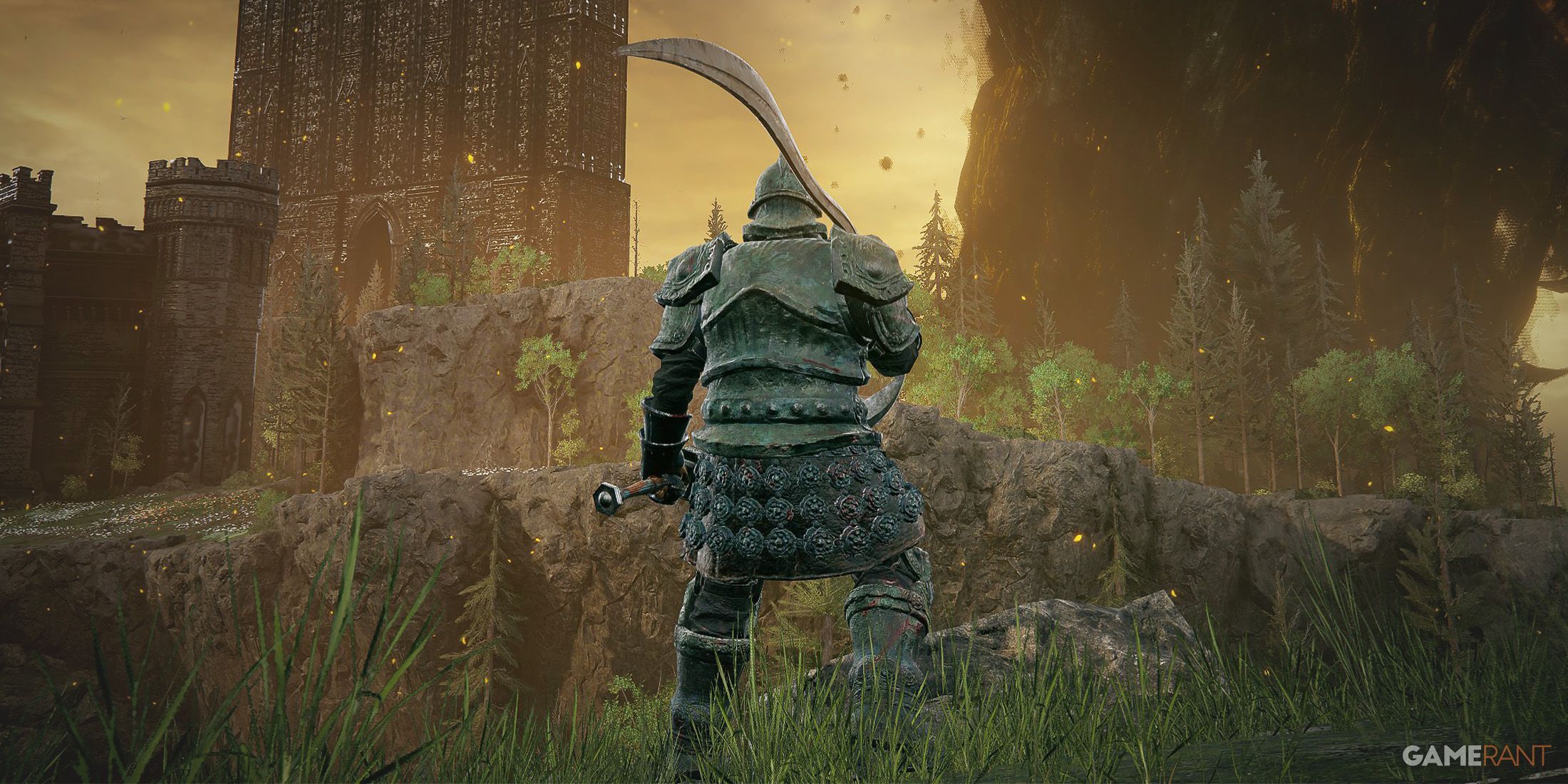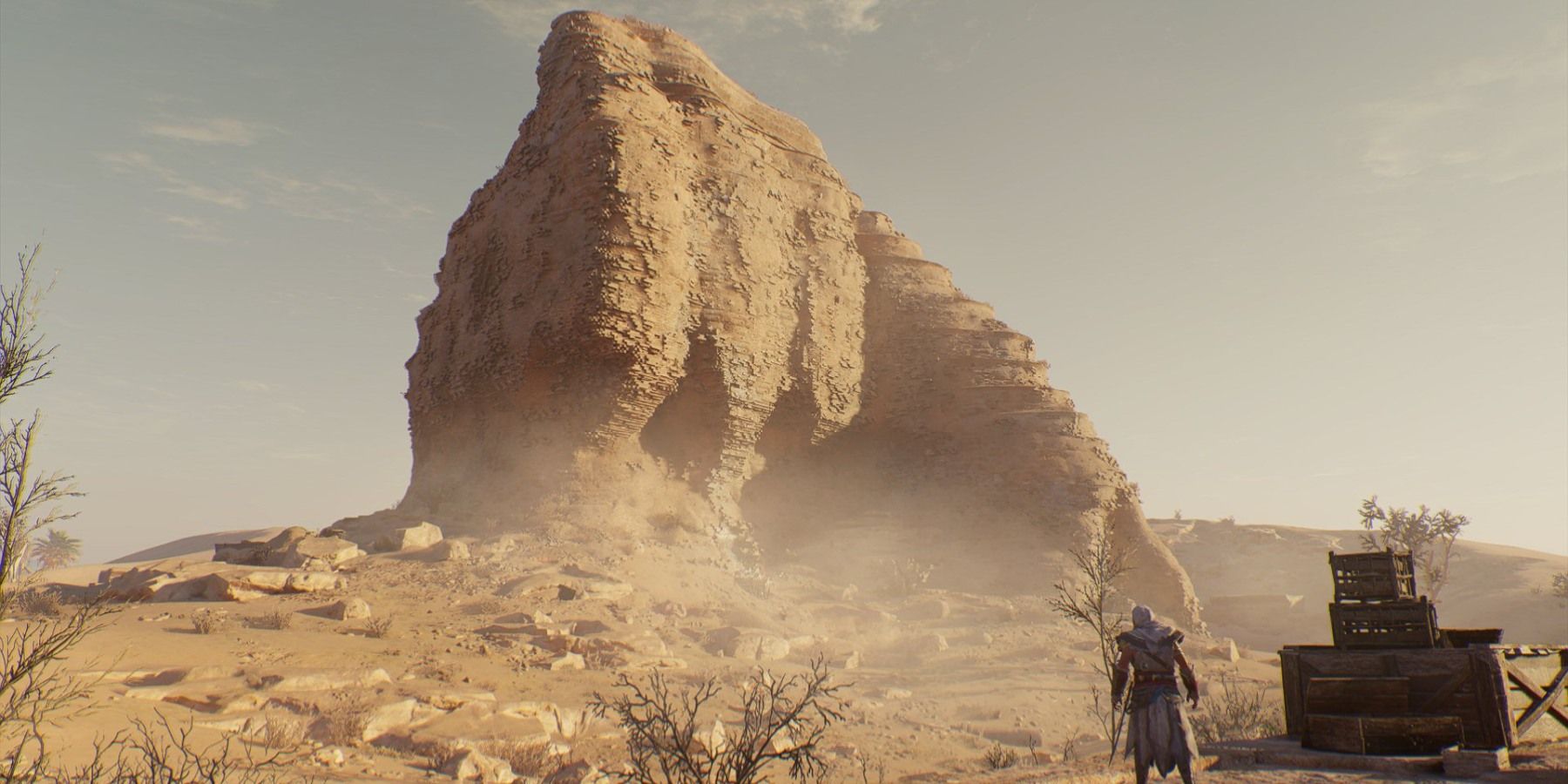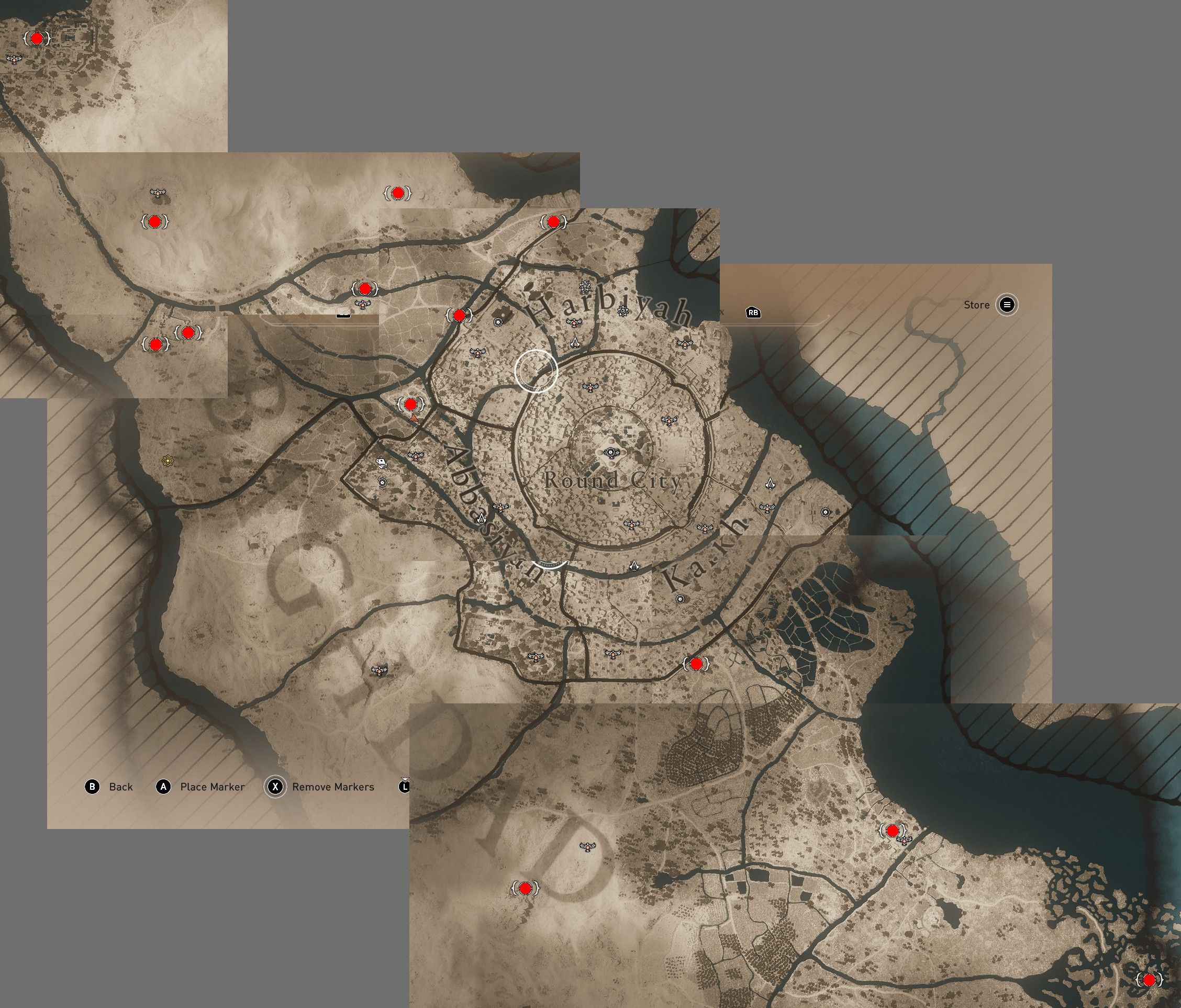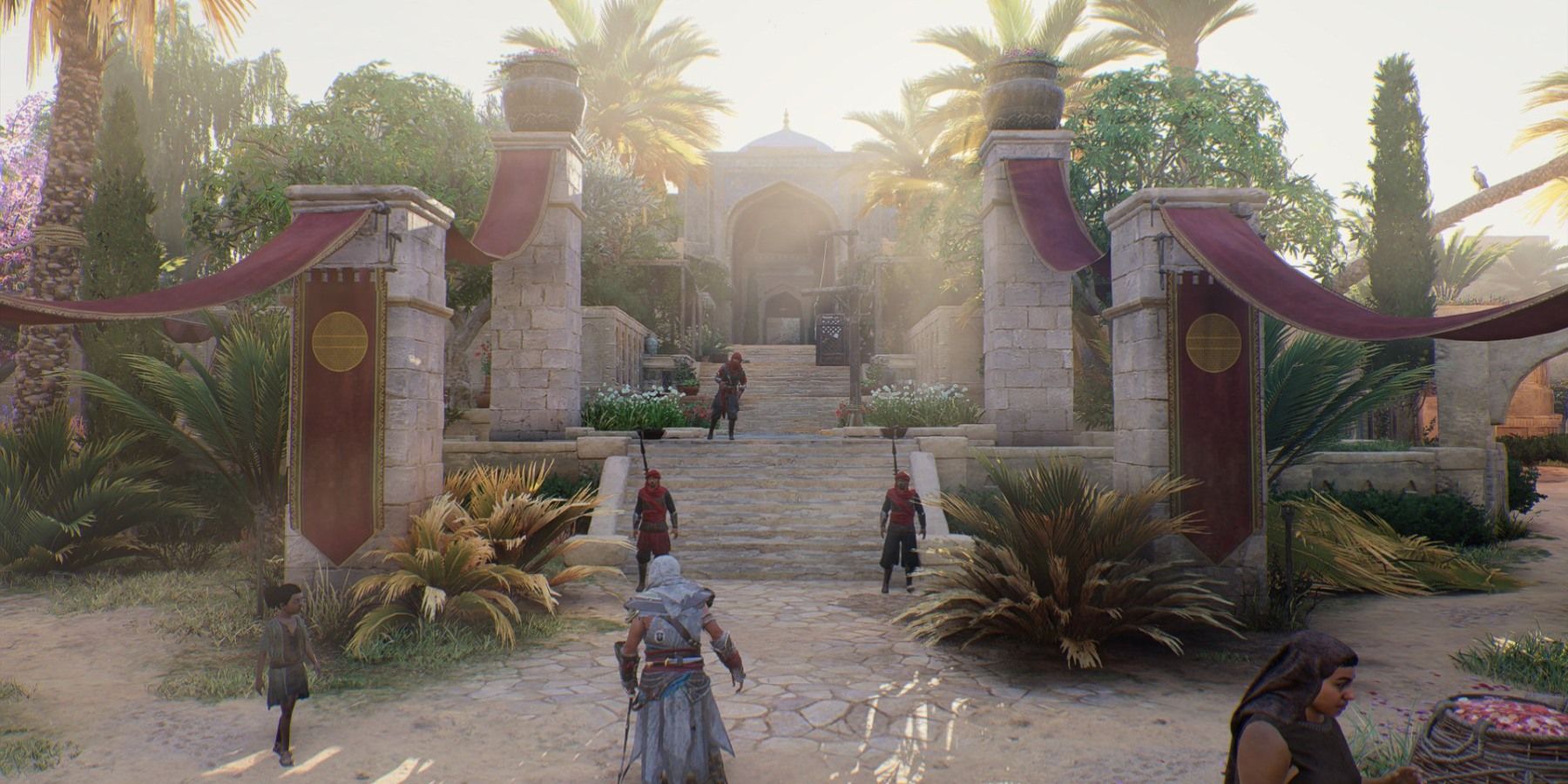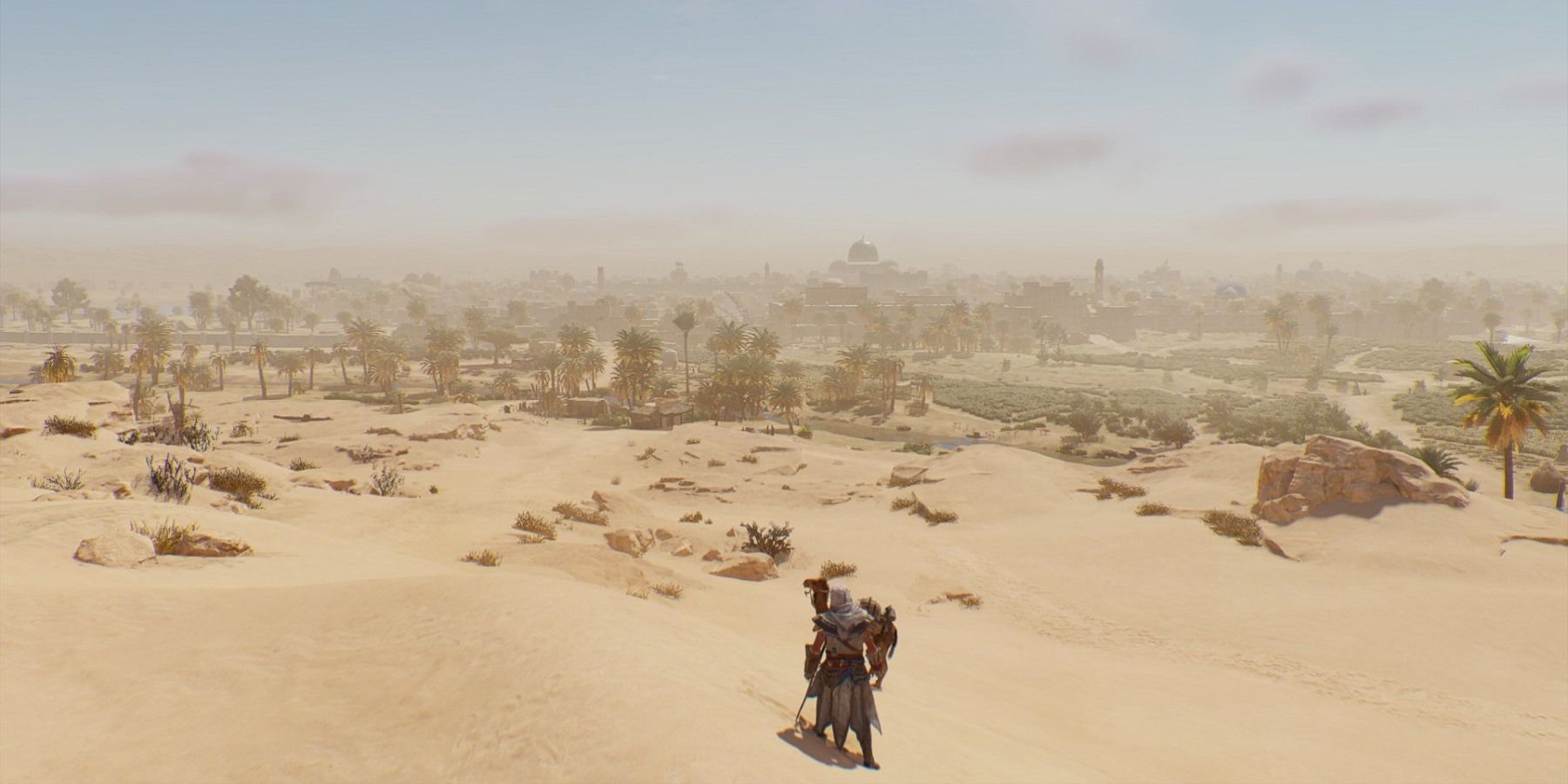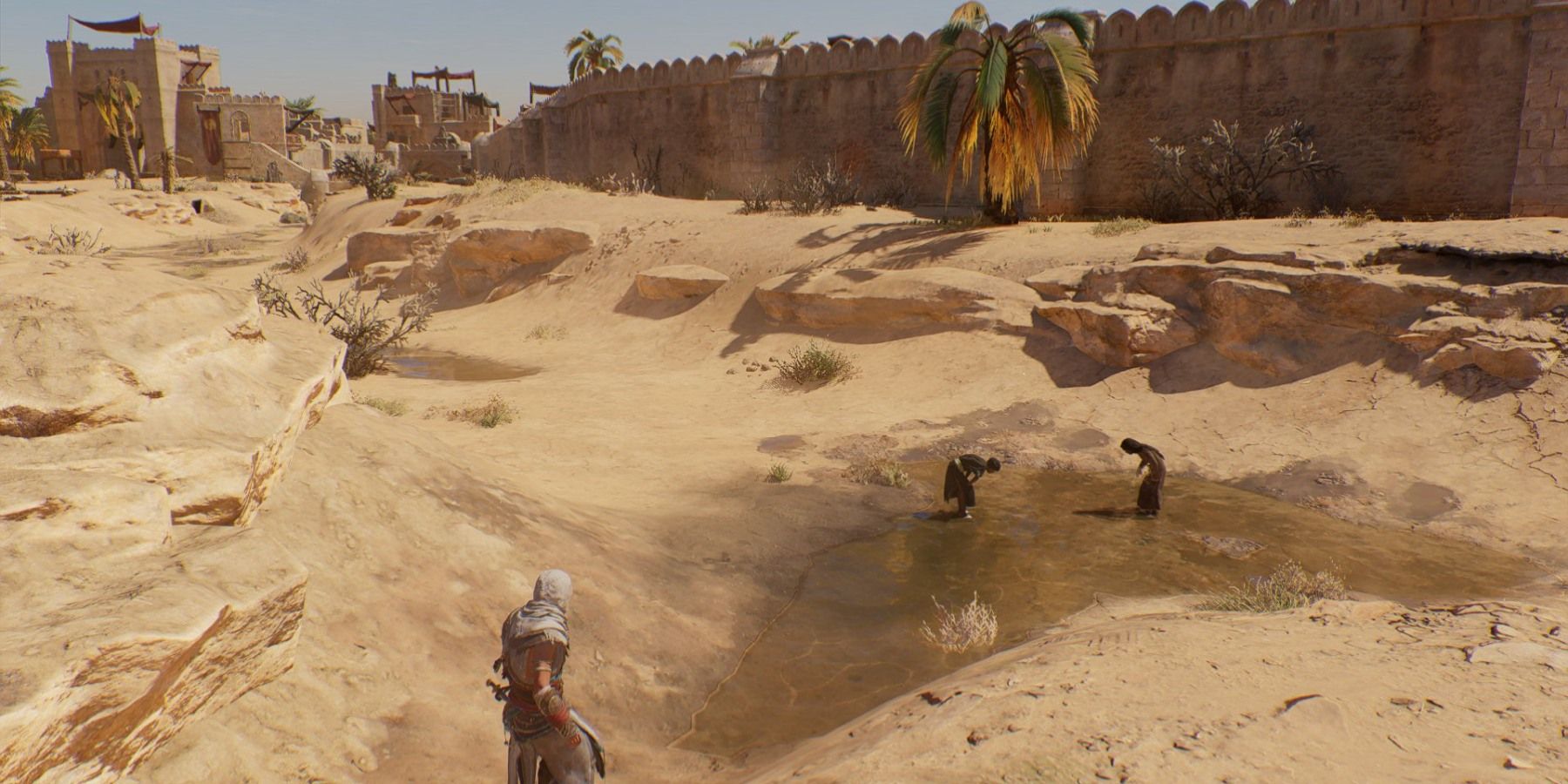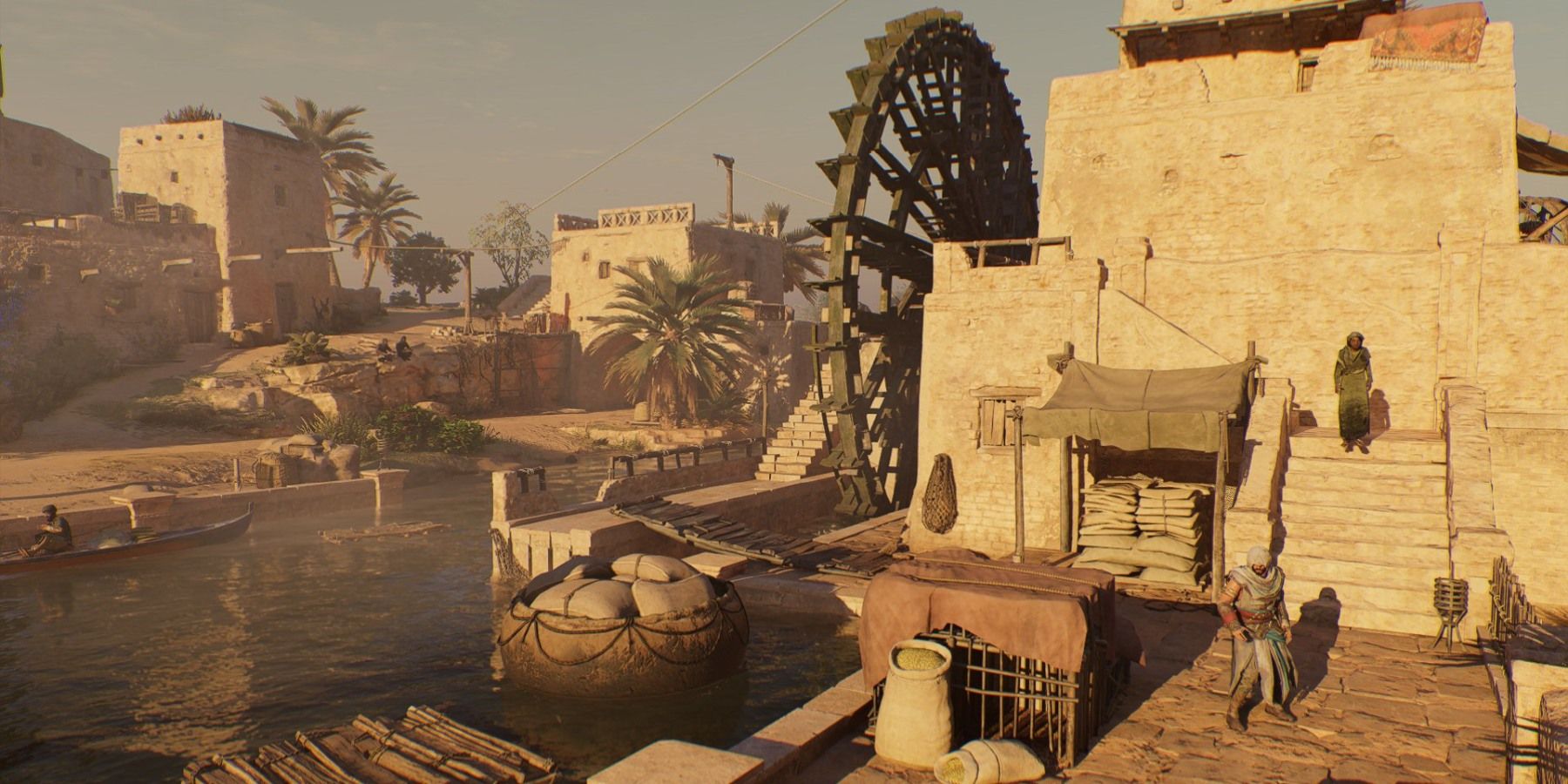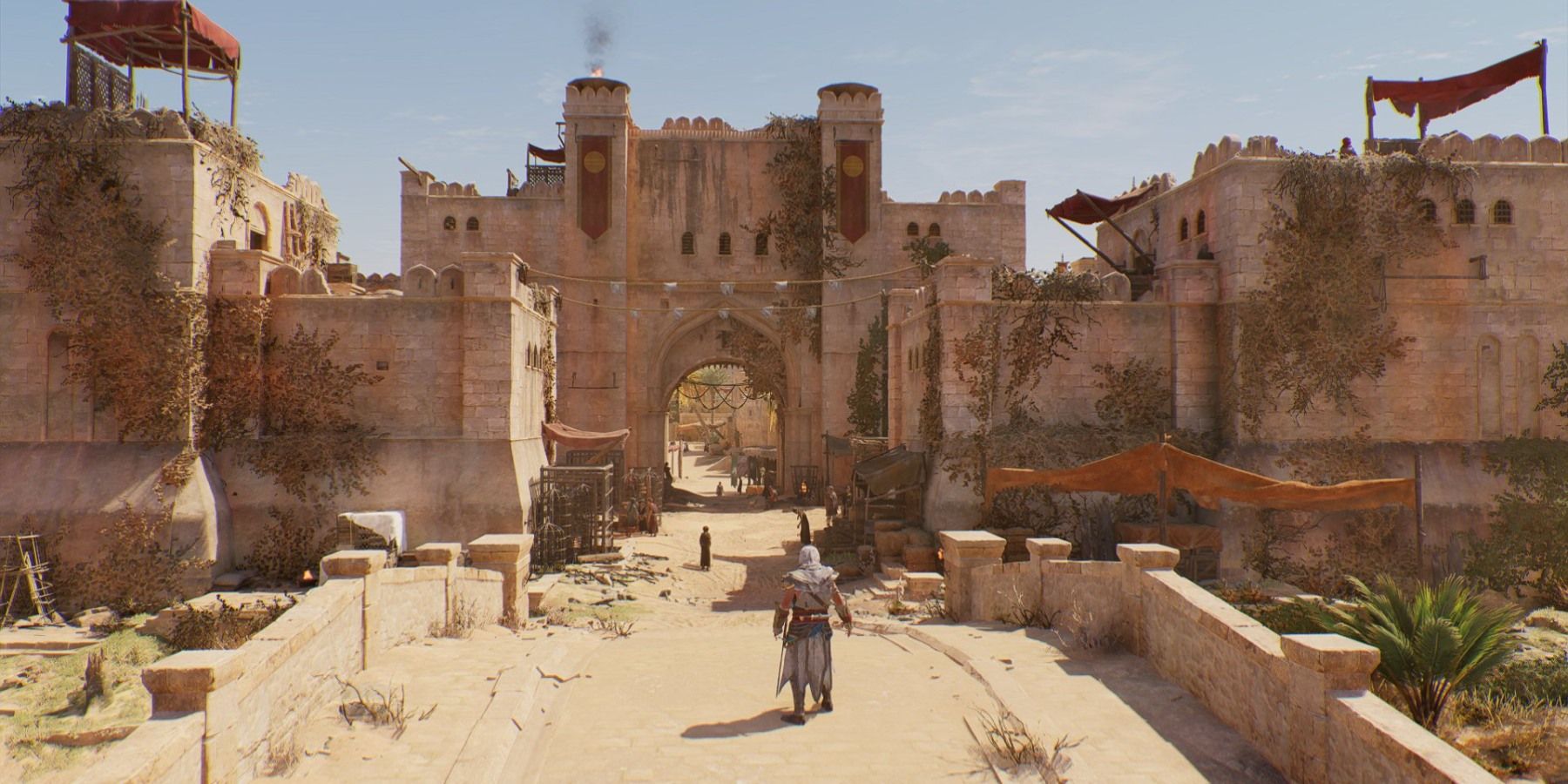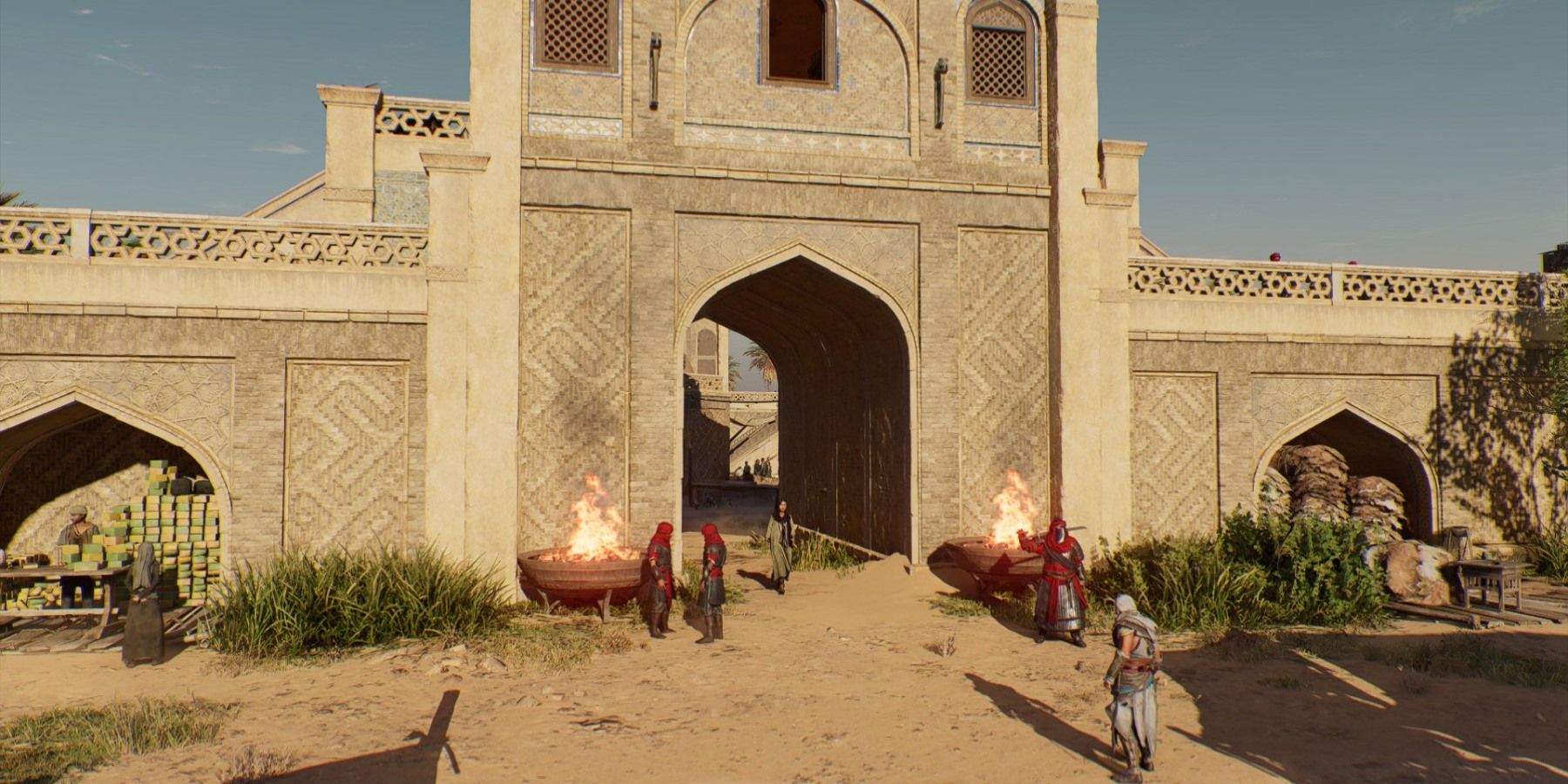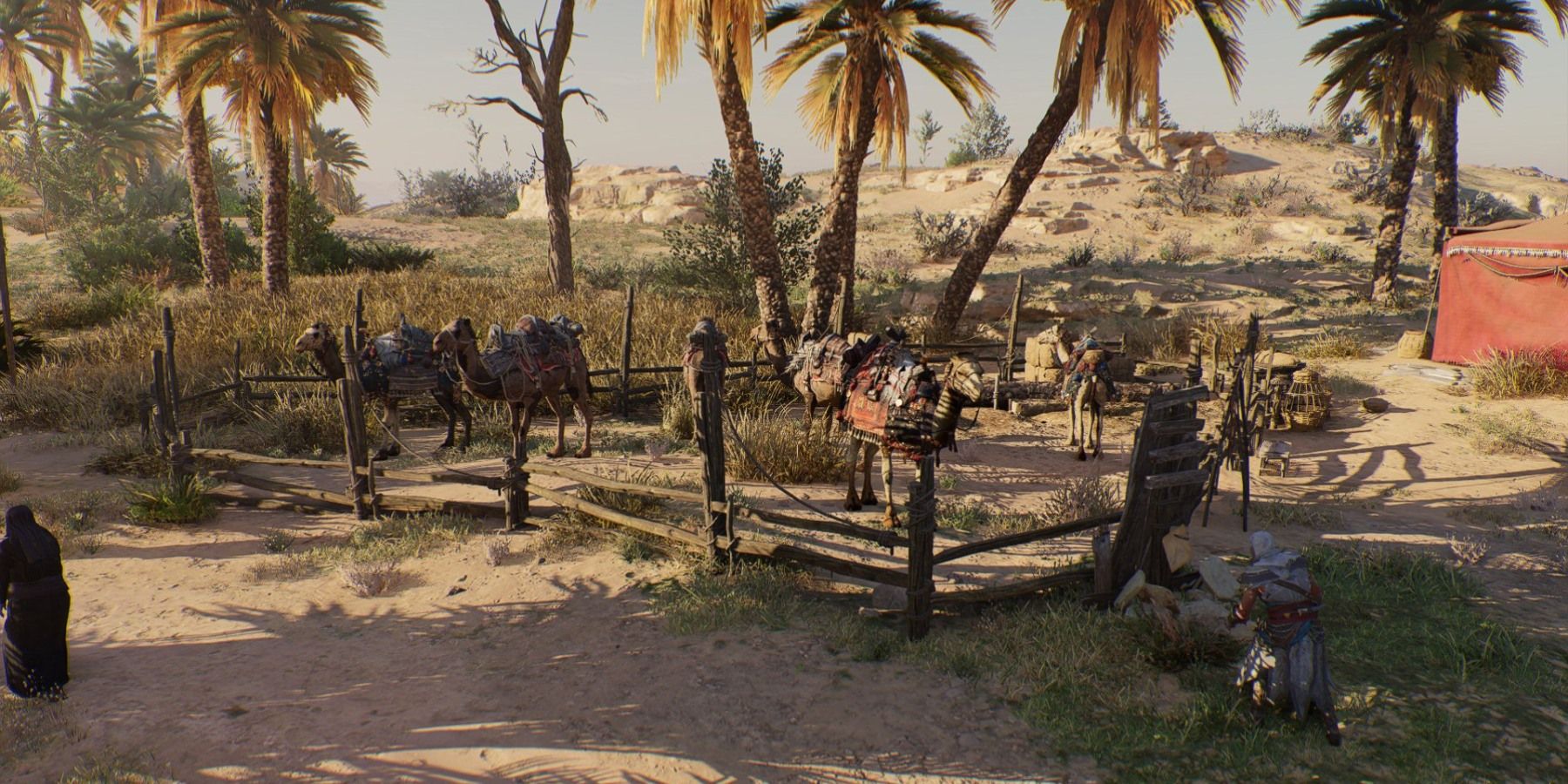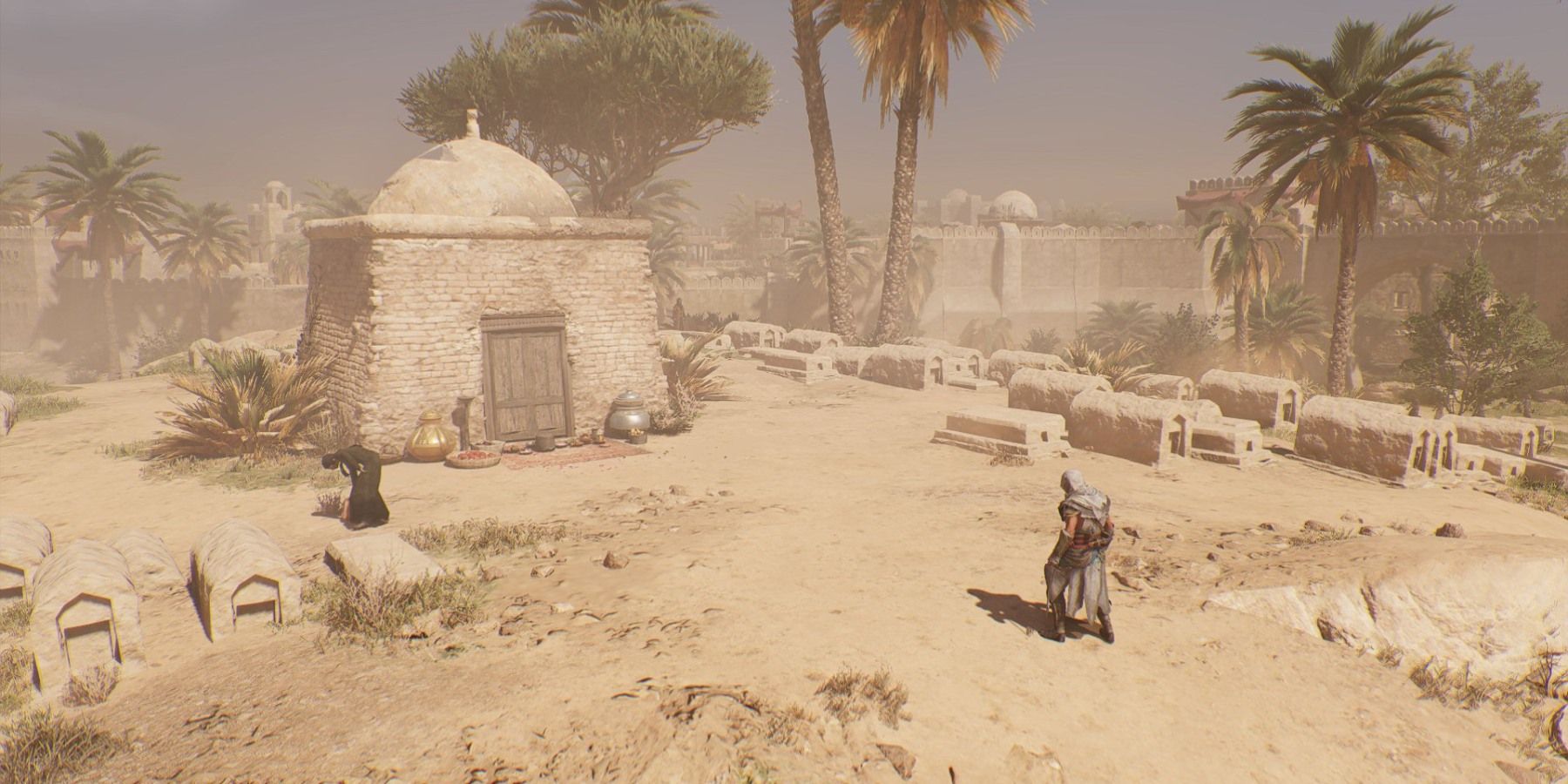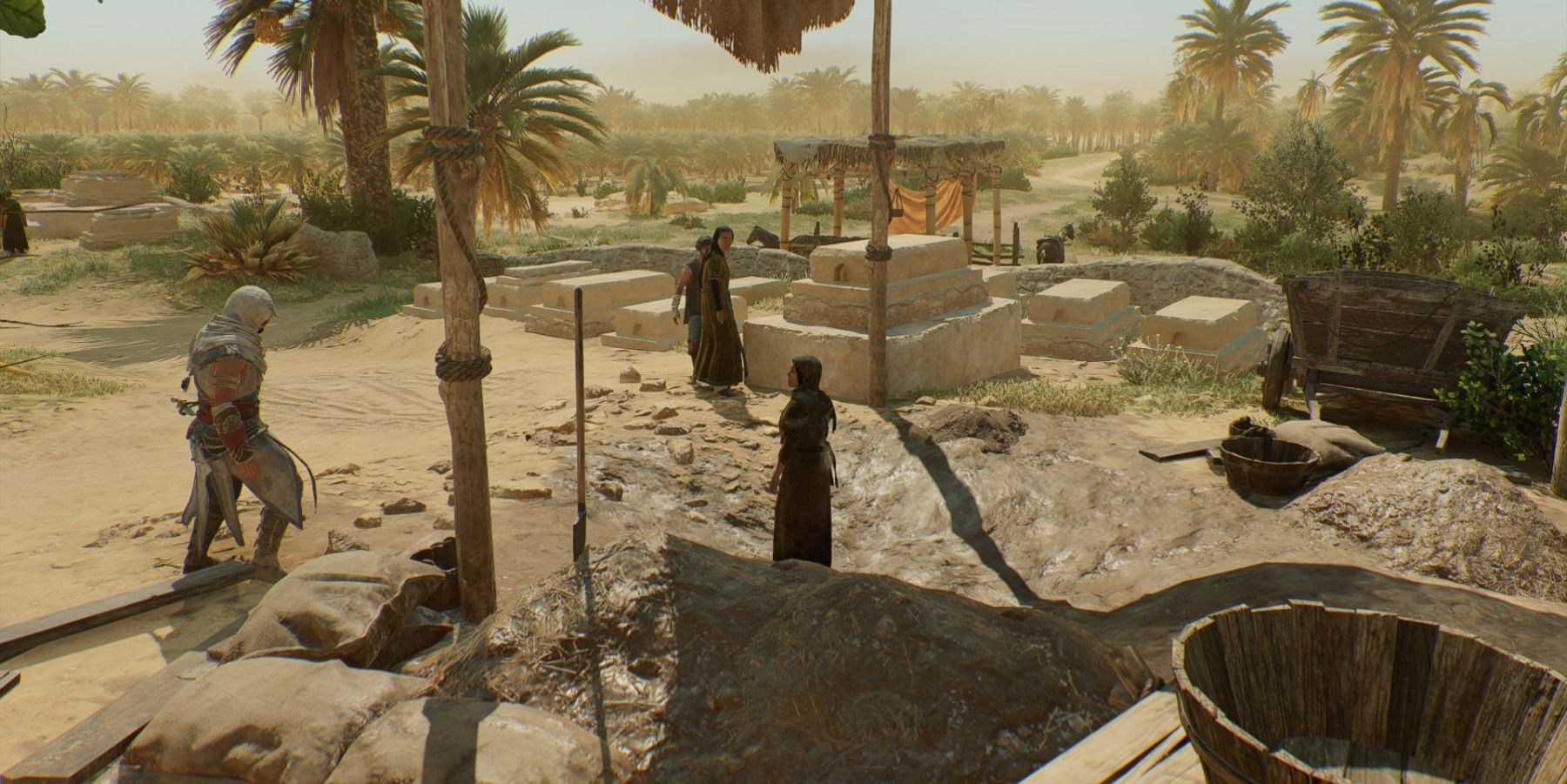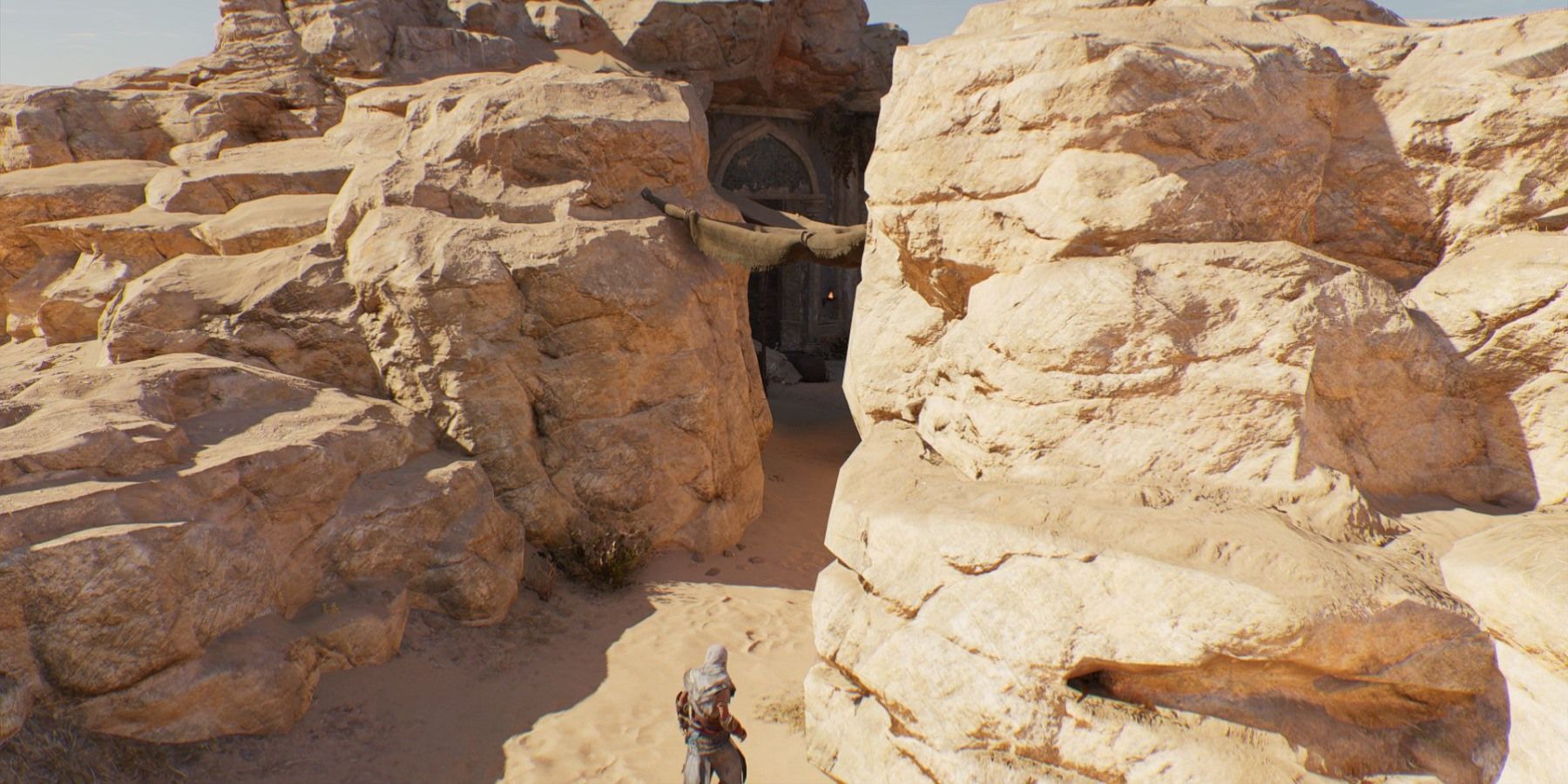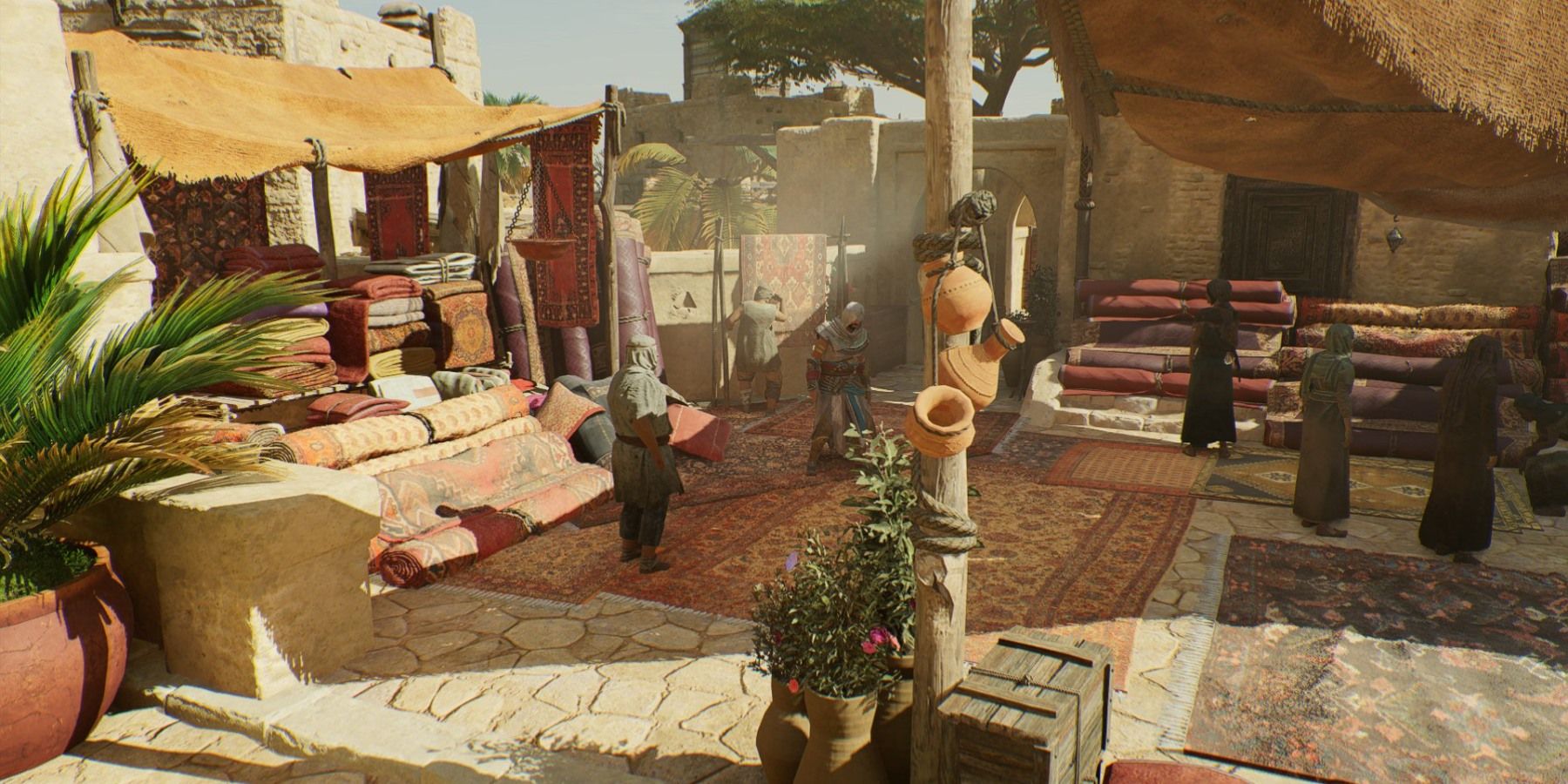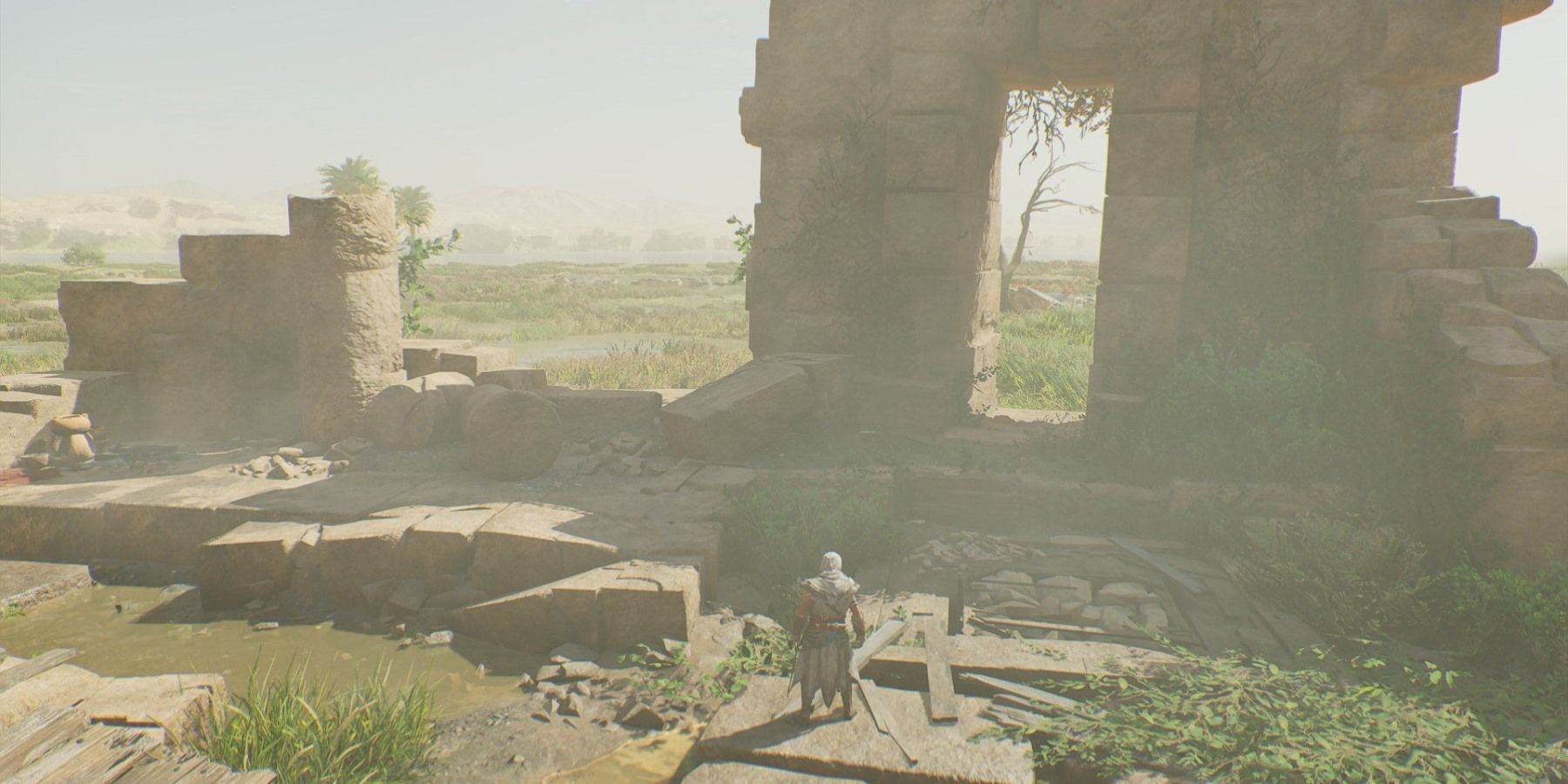The developers of the Assassin's Creed series perform a lot of historical research for their games, and it shows in several ways. One way they share this research with players in Assassin's Creed Mirage is with the historical sites collectibles.
The historical sites in the Wilderness region of the map (basically everything outside of Baghdad itself) cover topics like the construction of Baghdad, the trade lanes of the Abbasid Caliphate, and the many other capital cities that sat where Baghdad stands today. This Assassin's Creed Mirage guide will show players exactly where to find all 13 of the historical sites in the area.
The Map
The 13 Wilderness historical sites are scattered all throughout the Baghdad region. Four are close to the outer walls, but the rest can be difficult to find. The above map shows each location as a red dot.
All Wilderness Historical Sites
Other Palaces
The game starts in Anbar, which is a town in the northwest corner of the map. Historical sites aren't available to collect yet, but if players return to Anbar after reaching Baghdad, they can find the Other Palaces site in front of the Winter Palace. It describes how many Abbasid caliphs lived in other cities both before and after Baghdad's construction.
Dur-Kurigalzu
One of the Wilderness lookout points is on top of a massive artificial hill. A historical site that explains what it is can be found just to the south. This is the ruin of Dur-Kurigalzu, a ziggurat built by the Kassite people of ancient Mesopotamia.
Founding of Baghdad
This historical site is on a lonely desert hill northwest of Baghdad. It offers a great view of the city, and describes how the new Abbasid Caliphate chose the site and built a round city that the rest of Baghdad grew around.
Baghdad's Canals
Follow the canal west of the Greeks' Gate to find a historical site next to a pair of children playing in a dry canal. It explains how the Abbasids used canals both to irrigate the city and its surroundings and to connect the Tigris and Euphrates Rivers.
Agriculture
The Agriculture historical site is next to the giant water wheel in the Mill area northwest of Baghdad. While the Abbasid Caliphate didn't invent new agricultural technology during its rule, it encouraged investment in existing technologies to vastly improve crop yields across the empire.
Gates of Baghdad
This site is on the bridge leading to the Iron Gate, which is the gate that Basim uses to first enter Baghdad. It explains that the inner gates are named after other cities in the empire, but the outer gates are mostly named after local buildings or activities.
Caravanserai
Players will find this one right in front of the entrance to the Caravanserai west of Baghdad. The guards won't let Basim in, but the site is far enough away to not bother them. Caravanserai were roadside inns where merchants, pilgrims, and other travelers could rest in the arid lands of Mesopotamia and beyond.
Camels
The Camels historical site is just to the south of the Caravanserai next to a camel pen. Camels were the favored mount and beast of burden throughout the Abbasid period thanks to their strength and hearty nature.
Zubaydah bint Ja'far
Players can find this site next to a tomb in a large graveyard just outside the Gate of Tahir. The tomb belongs to Zubaydah bint Ja'far, who was both the historical wife of Caliph Harun al-Rashid and a popular character in the stories of One Thousand and One Nights.
Death and Afterlife
This one is by a smaller graveyard south of Baghdad, close to the Gate of the Mills. According to the site's information, many Islamic funeral practices became codified during the Abbasid Caliphate period.
The One Thousand and One Nights
This site is directly south of Baghdad and in the middle of nowhere. It sits at the entrance to the Forty Thieves Hideout, which is southwest of the abandoned mosque lookout point. It explains how the stories of One Thousand and One Nights were a collection of older Persian and Indian stories plus newer Arabian tales that first started circulating during the Abbasid era.
Silk Roads
The Silk Roads site is the only one in Jarjaraya, a town on the Tigris near the southeast edge of the map. Look for it next to a carpet merchant. Jarjaraya Silk Road, which is less of a single trail and more of a network of merchants who brought rare goods from China all the way to the Mediterranean and back again.
Seleucia-on-the-Tigris
Head to the swamp in the southeast corner of the map to find the ruins of another ancient city. This is what's left of Seleucia, the first capital of the Greek Seleucid Empire. Players can also pick up the Wilderness rare book from these ruins by breaking the stone floor with an oil jug.
Assassin's Creed Mirage is available now on PC, PS4, PS5, Xbox One, and Xbox Series X/S.


